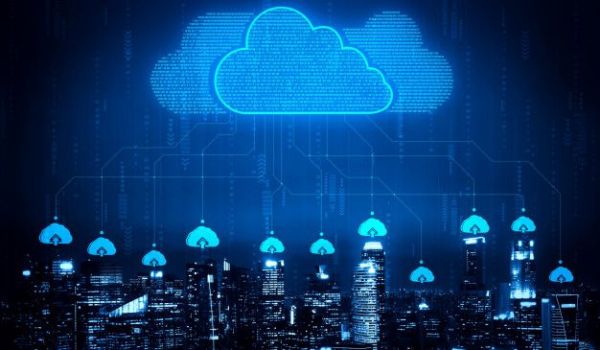
For IT corporations, the task of keeping the organization secure is becoming a more complex proposition. Apart from the fact that performing distributed functions is a permanent ready to become the specialty, emerging while dealing with the rising tide of cyber threats staying with the new technologies that have happened means the tasks to keep on top.
From the entire security stack, with a short supply of time and resources achieving full visibility will be important for better and more comprehensive threat detection.
Why IT teams need a smarter approach to cloud security
Advertisement
The rise of large-scale remote working poses a whole new set of challenges when it comes to understanding network and cloud security architectures.
With more users working from more locations accessing data that is in more locations, endpoint security and managing web access is now a top priority launching a modern security strategy now relies on the use of cloud access security technology to detect risks such as compromised credentials or insider threats. Because, When it comes to maintaining security, understanding where data is, where it is across the security stack, and what users are doing are all critical to ensuring that threats are responded to in a timely and consistent manner.
To hike up the security capabilities of the enterprise, IT and security teams now need to incorporate all these sapience and cloud activity data into powerful cloud-based analytics and automation platform that enables them to move beyond traditional security information and event management (SIEM) and take advantage of powerful user and event behavioral analytics that makes it possible to distinguish between what users normally do and anything out of the ordinary.
Working Smarter, Faster
Incorporating and self-regulating the collection and interrelationship of security data from multiple sources to gain keen visibility of What users are doing in each environment, what is standard 'normal behavior', and scrutiny of events to identify any new incursion vectors are all part of the story.
Having the ability to self-regulate the threat detection and response to known or easy-to-recognize threats means analysts can instead be deployed to determine whether an event represents an incident or not, what to do next, and monitor how adversaries are changing their attack patterns.
Making security adaptive for the hybrid world of work
With recent research showing that as most company leaders expect remote working arrangements to become a permanent fixture, adopting security represents a major challenge to tackle the complexities of hybrid working without compromising the user experience.
As the workforce becomes more aqueous, effective security management now depends on being able to automate the collection of security data from multiple sources in real-time, including cloud activity data, applying analytics to identify anything out of the ordinary, and automating a playbook of standardized responses to events that potentially represent a threat. It also depends on using machine learning to establish baselines of normal activity and intelligently detect anomalies, so individual users aren’t locked out the moment their working patterns evolve.
Mr. Amit Ganguli
Astt. Professor
School of Advanced Computing (SOAC)